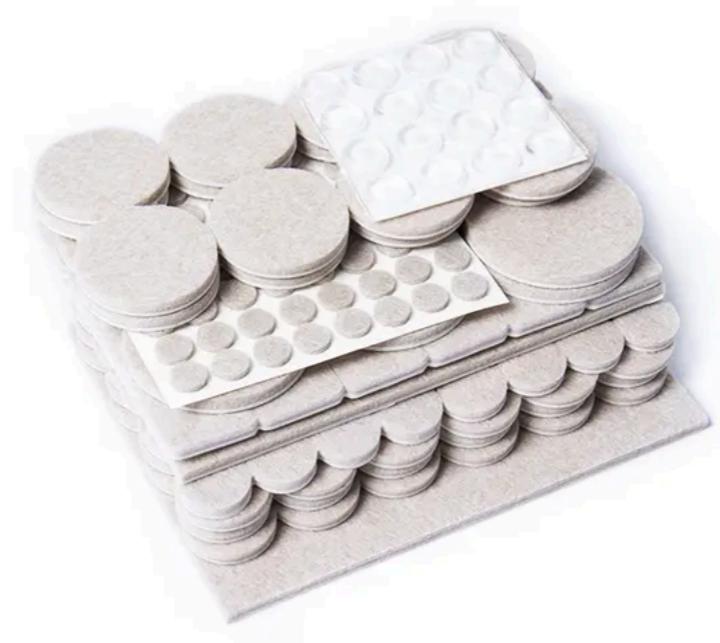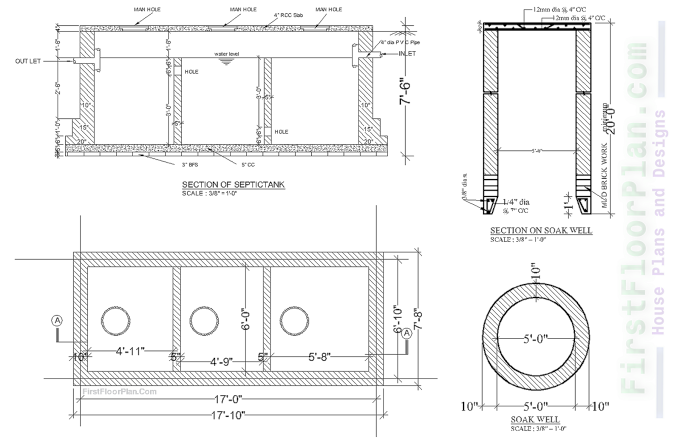Furniture leg pads are small attachments placed on the bottom of furniture legs to
prevent damage to flooring, reduce noise, and facilitate smoother movement. These
simple yet effective tools come in various materials like felt, rubber, silicone, and plastic,
each serving specific purposes and offering different benefits.
Their significance in preserving both furniture and floor integrity cannot be understated,
as they act as a cushion and barrier against scratches, dents, and other forms of
damage.
Types of Furniture Leg Pads
When it comes to furniture leg pads, there are several types to choose from, each suited for different furniture and floor conditions.
1. Felt Pads: These are perhaps the most common and are known for their soft
texture and versatility. Felt pads are perfect for hardwood, laminate, and tile
floors as they slide smoothly, preventing scratches and enabling easy furniture
movement.
2. Rubber Pads: Rubber leg pads offer excellent grip and are ideal for heavier
furniture pieces. They prevent slipping and are great for surfaces that require extra hold, such as tiled or concrete floors.
3. Plastic Caps: These pads encase the furniture leg ends, providing a durable
barrier between the furniture and the floor. Plastic caps are suitable for outdoor
furniture and areas where moisture might be present, as they resist water and
wear.
4. Silicone Protectors: Silicone leg pads are flexible and conform to the shape of
the furniture leg. They are clear, making them less noticeable, and are excellent
for protecting delicate flooring without compromising aesthetics.
Each type of furniture leg pad serves a specific purpose, from preventing floor damage to ensuring furniture stability. The choice depends on the furniture's weight, the flooring material, and the aesthetic preferences of the homeowner.
Benefits of Using Furniture Leg Pads
Furniture legs pads offer several advantages that make them indispensable in home and office environments:
● Floor Protection: The primary benefit of using furniture leg pads is the protection
they provide to flooring surfaces. They act as a shield against scratches, gouges,
and marks that can occur from regular furniture movement, especially with heavy
items like sofas and tables.
● Noise Reduction: Moving furniture can produce unpleasant noise, particularly on
hard surfaces. Leg pads minimize this noise, creating a quieter and more
peaceful living space, which is particularly beneficial in apartments and
multi-story buildings.
● Enhanced Stability: Furniture with uneven legs can wobble, but the right leg pads
can help stabilize these pieces, ensuring they stand firm and even, thereby
preventing potential accidents or damages.
● Ease of Movement: With the appropriate leg pads, furniture can be moved
smoothly across floors without the need for lifting, making it easier to rearrange
rooms or clean spaces.
● Extended Furniture and Floor Lifespan: By mitigating direct contact and friction,
leg pads extend the life of both furniture and floors, reducing wear and tear and
saving money on future repairs or replacements.
How to Choose the Right Furniture Leg Pads?
Selecting the appropriate furniture leg pads involves considering various factors:
● Furniture Type and Weight: Heavy furniture requires more durable pads like
rubber or plastic, while lighter items may only need felt or silicone pads.
● Floor Material: Different flooring types require specific pad materials to prevent
damage; for instance, soft pads like felt are better for hardwood floors, while
harder pads are suited for carpets or tiles.
● Pad Material and Durability: The choice of material impacts the pad’s longevity
and effectiveness. For example, felt pads may wear out faster than silicone or
plastic ones.
● Size and Shape of Furniture Legs: Ensure the pads fit the legs properly. They
should cover the leg ends without overhanging or being too small, which could
lead to slippage or uneven wear.
Installation and Maintenance of Furniture Leg Pads
Installation
● Clean the furniture legs thoroughly to ensure the pads adhere properly.
● Measure the leg ends to choose the correct pad size.
● Peel off the adhesive backing (if applicable) and firmly press the pad onto the leg
end. For non-adhesive types, make sure they fit snugly and won’t come off easily.
Maintenance
● Regularly check and replace worn pads to maintain protection and performance.
● Clean the pads and the area of contact to remove dirt and debris that could
cause scratches or reduce the pad’s effectiveness.
Conclusion
Furniture leg pads are a simple yet essential accessory for maintaining the integrity and
appearance of both furniture and flooring. Choosing the right type, properly installing
them, and maintaining them can significantly prolong the life of your furniture and floors,
besides keeping your living space clean, quiet, and aesthetically pleasing.
By investing in quality furniture leg pads and using them wisely, you safeguard your
investment in your home’s interior and ensure a functional and polished look for years to
come.










%20House%20plan%20with%207%20storey%20Apartmen%20building%20Structural%20desing%20%20DWG%20&%20PDF.jpg)



